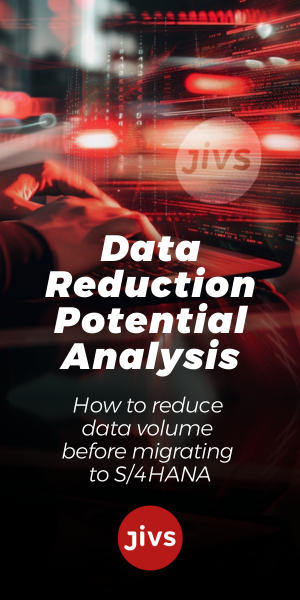For today’s CIOs and CDOs, digital transformation is a mandate, not a choice. Enterprises are under pressure to migrate to cloud ERP systems, harness AI, automate processes, and deliver seamless user experiences. Yet many find themselves trapped in a digital quicksand—progress stalling under the weight of outdated, fragmented, and redundant data. Welcome to the age of data debt.
Much like financial debt, data debt accrues interest over time. It refers to the accumulation of legacy data, siloed applications, redundant systems, and unstructured information that burdens IT infrastructures. Research suggests that poor data quality costs organizations an average of $12.9 million per year, while technical debt—including data-related inefficiencies—can consume up to 40% of IT budgets.
Legacy data environments slow ERP modernization efforts, inflate migration costs, and increase compliance risks—especially in regulated industries. Worse, they compromise data-driven decision-making by polluting analytics with outdated or irrelevant information. In a world where agility and intelligence define market leaders, data debt is a silent killer of transformation momentum.
Every major ERP or cloud migration faces a pivotal question: What do we do with the legacy data? Too often, the answer is to carry it forward en masse—replicating bloated, noncompliant, and fragmented records into the new system. This not only inflates migration costs but also perpetuates inefficiencies and slows innovation.
Consider the complexity of managing compliance with data residency laws like GDPR or the growing need to surface quality, real-time data for AI models. Legacy systems can’t keep up. Organizations that fail to manage information debt before embarking on transformation projects risk turning their next-generation platforms into expensive replicas of the past.
That’s where intelligent information platforms like JiVS IMP from Data Migration International come in. JiVS IMP enables organizations to decouple historical data and legacy applications from core systems, manage them cost-effectively in a compliant, read-only format, and drastically reduce the volume of data that needs to be migrated.
One example is DuPont, which successfully retired 17 SAP legacy systems and over 50TB of historical data across its global landscape using JiVS IMP. The project was completed in just 12 months, unlocking massive IT cost savings, audit-proof compliance, and sustainability benefits—all while preparing the business for a clean and agile digital future.
The first step towards breaking free from the data debt cycle is assessment. CIOs should conduct a data inventory across all business units to understand what data exists, where it lives, and what regulatory obligations apply. This helps identify what data must be migrated, what can be archived, and what should be retired.
Next, organizations must establish governance frameworks to ensure data is continuously classified, maintained, and monitored. JiVS IMP facilitates this with automated metadata management, lifecycle governance, and role-based access control.
Finally, leaders should align data strategy with business outcomes. Whether pursuing an ERP migration, a cloud-first strategy, or M&A integration, data should be seen not as an afterthought, but as a foundational enabler.
What this means for ERP Insiders
Rethink your migration roadmap. Many ERP transformation initiatives fail to meet ROI targets because they carry unnecessary data baggage. With JiVS IMP, CIOs can separate operational from historical data, reducing the scope and complexity of migrations. Tech leaders should prioritize intelligent data archiving as a first phase of any modernization effort.
Make M&A integration a competitive advantage. Mergers and acquisitions often result in duplicated systems, fragmented data, and compliance blind spots. JiVS IMP provides a central platform to consolidate and govern data across multiple sources without disrupting core operations. Companies that use this approach report faster integration timelines and lower IT overhead, turning M&A complexity into strategic agility.
Build a data architecture for the AI era. AI and advanced analytics demand clean, current, and context-rich data. Legacy information systems, left unchecked, undermine these ambitions. With JiVS IMP’s intelligent metadata tagging and automated data lifecycle management, companies can ensure their data is not only compliant but AI-ready. This positions CIOs to support real-time insights and predictive decision-making without technical friction.






